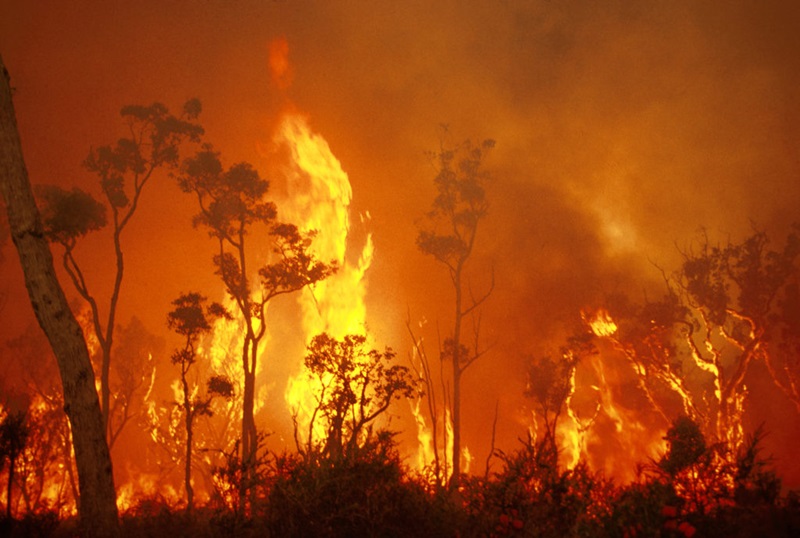BAL Report Principles: Essential Information for Homeowner
BAL Report Principles: Essential Information for Homeowner
Blog Article
Ensuring Bush Fire Defense Via Proper BAL Report Analysis
In the realm of bush fire security, the careful evaluation of Bushfire Attack Degree (BAL) records stands as a cornerstone for guarding residential or commercial properties versus the devastating impact of wildfires. With ecological factors and property attributes playing substantial roles in identifying the degree of threat, a comprehensive understanding of BAL scores becomes necessary. The genuine significance lies not simply in comprehending these reports yet in deciphering them successfully to create tailored fire protection methods. By diving right into the relevance of BAL record analysis, we uncover a world where informed choices lead the course towards strengthening home safety and strength in fire-prone areas.
Understanding Bushfire Strike Degree (BAL)
In the world of bushfire protection, understanding the Bushfire Assault Degree (BAL) is paramount for making sure effective mitigation techniques. BAL is a system made use of to measure the potential threat a structure might deal with from a bushfire. It thinks about variables such as the type of greenery, the slope of the land, the Fire Danger Index, and the Fire Intensity Index. Understanding the BAL score of a residential or commercial property is vital for property policymakers, owners, and building contractors to apply proper procedures to guard versus bushfire dangers.

Value of BAL Record Evaluation
A vital aspect in bushfire protection planning entails the extensive evaluation of BAL records to analyze the prospective threats and identify suitable mitigation techniques. BAL records provide crucial information about the possible impact of bushfires on a building based on various factors such as plants kind, range to potential fire threats, and incline of the land. Examining these reports with precision is extremely important in establishing efficient bushfire defense measures customized to the details risk profile of a residential or commercial property.
Applying Fire Protection Procedures
Executing efficient fire security procedures is vital for safeguarding residential or commercial properties in bushfire-prone locations. This includes clearing flammable plant life, such as completely dry fallen leaves and branches, within a particular span of the property.
In addition, having a well-kept and ample water supply, such as a storage tank or swimming pool, can aid firemans in their initiatives to shield the residential or commercial property. It is essential to have a clear emptying plan in position and to ensure that all homeowners know with the procedures. In addition, having firefighting devices easily available, such as hoses and fire extinguishers, can aid in taking on little area fires before they escalate. On the whole, applying a view it mix of these fire protection measures can significantly raise the possibilities of protecting buildings throughout bushfire events.
Mitigating Dangers in Fire-Prone Areas
To fortify residential properties against bushfire threats, a calculated emphasis on mitigating threats in fire-prone locations is crucial. One critical aspect of risk mitigation is preserving defensible room around residential or commercial properties by removing combustible vegetation, guaranteeing sufficient spacing in between structures and trees, and utilizing fireproof landscape design techniques.
Furthermore, creating or retrofitting buildings with fireproof products and guaranteeing proper maintenance of roofing systems, rain gutters, and external cladding can considerably enhance the building's strength to bushfires. Exercising a bushfire and establishing emergency strategy with all passengers, including evacuation treatments and communication strategies, is likewise crucial in mitigating dangers effectively. By taking on a positive approach to take the chance of mitigation in fire-prone areas, homeowner can better shield their possessions and enhance total bushfire preparedness.
Ensuring Residential Or Commercial Property Safety and Strength
Guaranteeing the safety and security and durability of residential properties in fire-prone areas needs an unwavering commitment to durable precautionary measures and calculated preparation. Building security starts with executing reliable steps to lower fire risks.
Strength, on the other hand, entails the capacity of a building to recuperate and hold up her latest blog against from a bushfire. This can be enhanced with the setup of ember guards on vents and windows, making sure that entrance points for ashes are decreased. Additionally, having a well-thought-out emptying plan and practicing it on a regular basis can significantly boost building strength. Teaming up with next-door neighbors and regional fire authorities can additionally bolster the safety and strength of properties in fire-prone areas. By proactively resolving these facets, homeowner can much better secure their possessions and loved ones from the threat of bushfires.
Verdict
Finally, ensuring bushfire defense with proper BAL report evaluation is vital for comprehending the degree of danger posed by bushfires and applying needed fire security steps. By reducing risks in fire-prone locations and guaranteeing residential or commercial property safety and security and durability, individuals and communities can much better plan for and reply to bushfire occasions. It is critical to prioritize fire precaution to shield lives and residential or commercial property in these high-risk environments.
In the world of bush fire check this protection, the precise evaluation of Bushfire Strike Level (BAL) records stands as a foundation for safeguarding properties against the terrible influence of wildfires (BAL Report). Recognizing the BAL rating of a building is important for residential or commercial property building contractors, policymakers, and proprietors to implement ideal actions to guard versus bushfire dangers

BAL records provide important details about the potential effect of bushfires on a property based on different variables such as vegetation type, distance to prospective fire threats, and slope of the land (BAL Report). In general, carrying out a mix of these fire defense measures can substantially boost the opportunities of guarding residential or commercial properties during bushfire events
Report this page